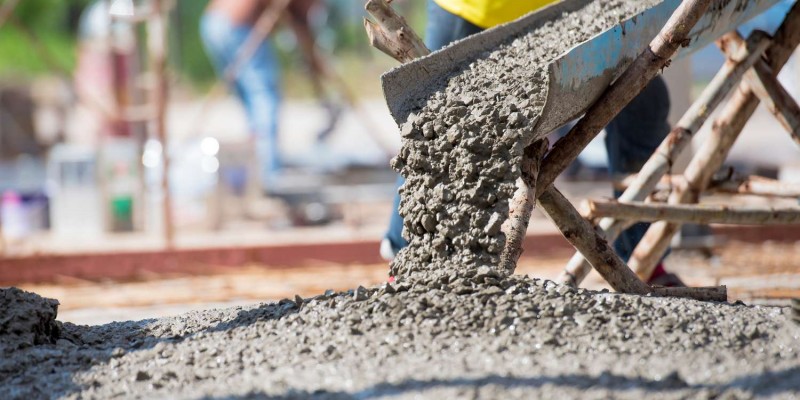A Timeline of Key Events in the Development of Concrete Floors2023-09-06
Concrete floors have played a significant role in the construction industry for centuries. From ancient civilizations to modern times, the development of concrete floors has been marked by significant milestones and advancements.
3000 BCE: The first known use of rudimentary concrete floors can be traced back to ancient civilizations such as Egypt, where a mixture of mud and straw was used to create basic flooring surfaces.
560 BCE: The Greeks pioneered the use of lime-based concrete floors, known as "pozzolana," which provided better strength and durability compared to earlier methods.
300 BCE: The Romans perfected the use of concrete, utilizing a volcanic ash called "pozzolana" as a key ingredient. Concrete floors were widely employed in Roman architecture, including structures such as the Pantheon and aqueducts.
7th Century: The use of concrete floors declined during the Middle Ages in Europe, as construction techniques shifted towards timber and stone.
Late 13th Century: The rediscovery of concrete by the Byzantine Empire led to the construction of remarkable structures like the Hagia Sophia, showcasing the revival of concrete floors.

1793: In Britain, the use of lime-based concrete floors gained traction with the construction of the Ditherington Flax Mill, considered the world's first iron-framed building with a concrete floor.
1824: Joseph Aspdin patented Portland cement, a key innovation in the cement industry that would significantly impact the development of concrete floors.
Early 1900s: The introduction of reinforced concrete allowed for the construction of larger and stronger concrete floors.
1913: G.A. Jackson's invention of the power trowel revolutionized the finishing of concrete floors, enabling smoother and more level surfaces.
1950s-1960s: The development of high-performance concrete (HPC) and the use of additives expanded the range of possibilities for concrete floors, offering enhanced strength and durability.
1970s: The advent of diamond grinding techniques improved the surface preparation of concrete floors, allowing for better adhesion of coatings and finishes.
1990s: The introduction of polished concrete floors gained popularity as a sustainable, low-maintenance flooring option, with advancements in polishing techniques and concrete densifiers.
Present: Ongoing research and innovation continue to enhance decorative designs, lightweight concrete options, and various technological advancements in concrete floor systems.
- Company Info
- Feedback
- Customer Reviews
- About Us
- Contact Us
- Blog
- Help Center
- User Center
- Forget Password
- My Orders
- Tracking Order
- My Account
- Register



